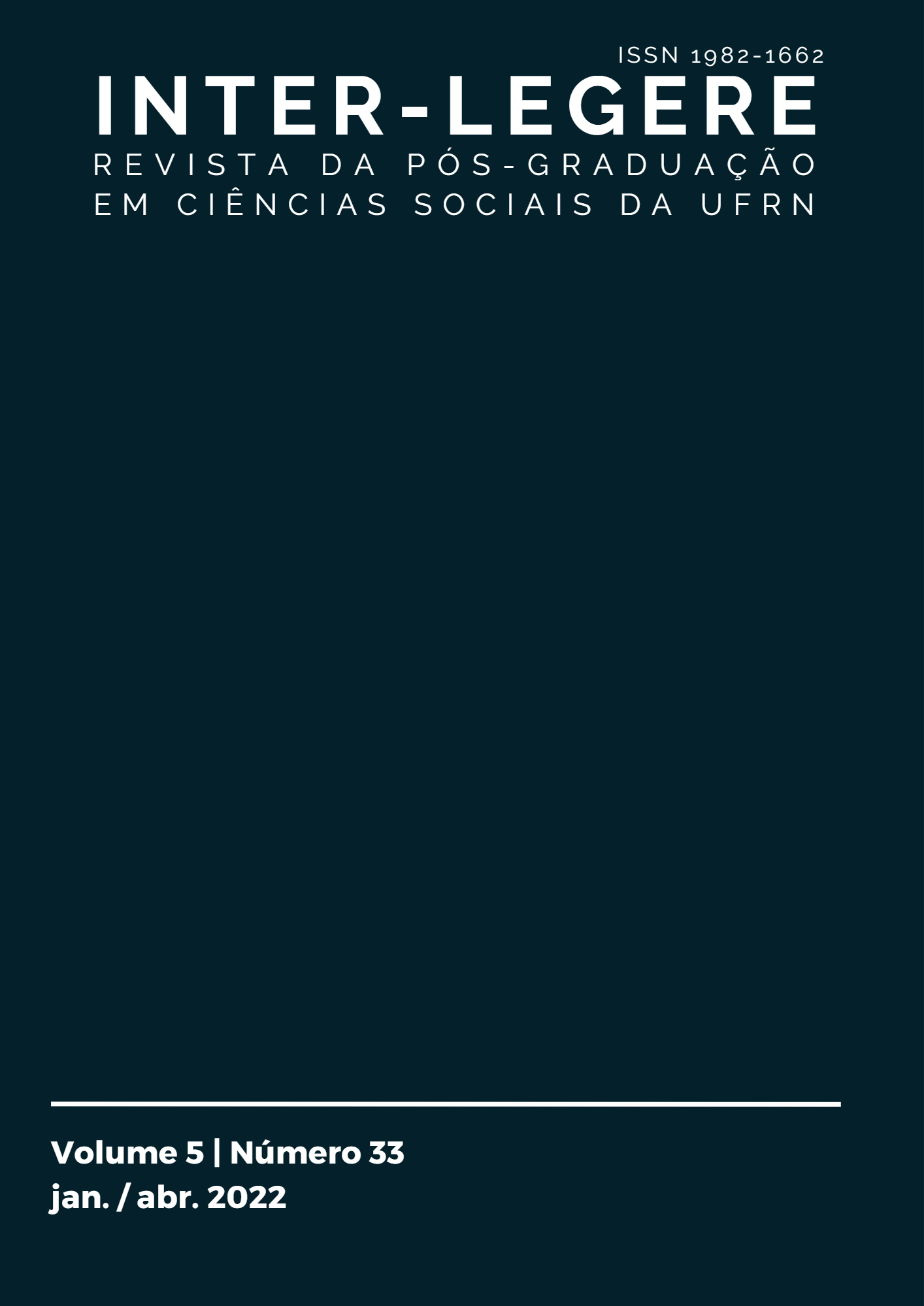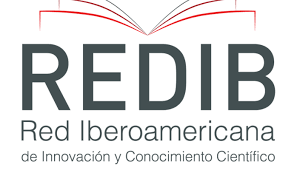O fuzilamento dos inimigos com um violão
hibridação, mediação, tecnologia e violência na música do Brasil contemporâneo
DOI:
https://doi.org/10.21680/1982-1662.2022v5n33ID28031Abstract
Abstract: The research field of this article is the Sociology of Music from the questioning of the cultural issue and its relationship with contemporary Brazilian society. For this, we analyzed the challenge’s version of the song “Aí Calica” on TikTok and two images, the first published on the Instagram platform and the other on the official channels of the Federal Government. We seek to reveal the symptoms of an association between the hybridization present in music, technology and violence through the incorporation and normalization of the image and sound of the rifle. In this way, by reinforcing the common and ordinary of violence through the agency of cultures, conflicts against blacks, the poor and residents of the periphery are also intensified and legitimized. It is also possible, through culture, to build one of the field to think and make another way of acting and being a society that does not deny conflict and violence, but that also problematizes them in music.
Downloads
Downloads
Published
How to Cite
Issue
Section
License
Copyright (c) 2022 Andersonn Henrique Araújo

This work is licensed under a Creative Commons Attribution-NonCommercial-ShareAlike 4.0 International License.


 Português (Brasil)
Português (Brasil) English
English Français (Canada)
Français (Canada) Español (España)
Español (España)





